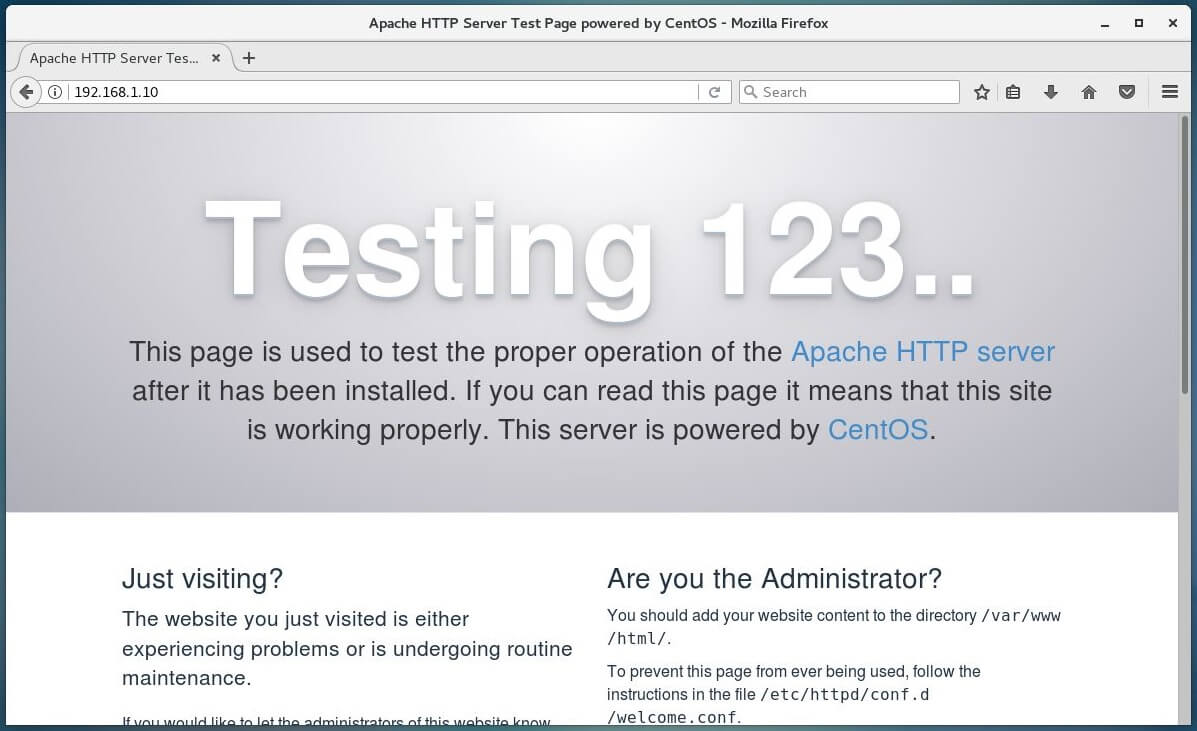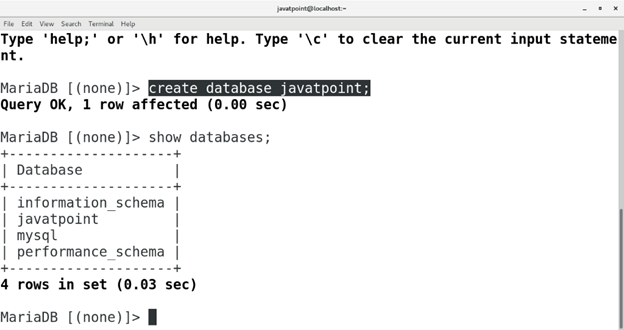

This indicates the installation has been successful.

Threads: 7 Questions: 16 Slow queries: 0 Opens: 17 Flush tables: 1 Open tables: 11 Queries per second avg: 0.043 Outputmysqladmin Ver 9.1 Distrib 10.3.17-MariaDB, for Linux on x86_64Ĭopyright (c) 2000, 2018, Oracle, MariaDB Corporation Ab and others. Use the following command to connect to MariaDB as root ( -u root), prompt for a password ( -p), and return the version. We can verify our installation and get information about it by connecting with the mysqladmin tool, a client that lets you run administrative commands. Now that we’ve secured the installation, we’ll verify it’s working by connecting to the database. This will remove anonymous users, disallow remote root login, remove the test database, and reload the privilege tables. Type Y then ENTER to enter a password for the root database user, then follow the prompts.Īfter updating the password, we will accept all the security suggestions that follow by pressing y and then ENTER. Keep in mind that this is for the root database user, not the root user for your CentOS server itself. Next, we’ll be prompted to set that root password. The first step asks for the root password, which hasn’t been set so we’ll press ENTER as it recommends.

The script provides a detailed explanation for every step. Use this command to run the security script: MariaDB includes a security script to change some of the less secure default options for things like remote root logins and sample users. Next, we’ll turn our attention to securing our installation. We now have MariaDB running and configured to run at startup. OutputCreated symlink /etc/systemd/system/rvice → /usr/lib/systemd/system/rvice.Ĭreated symlink /etc/systemd/system/rvice → /usr/lib/systemd/system/rvice.Ĭreated symlink /etc/systemd/system//rvice → /usr/lib/systemd/system/rvice. Once the installation is complete, start the service with systemctl: Step 1 - Installing MariaDBįirst, use dnf to install the MariaDB package: You can learn more about how to set up a user with these privileges in the Initial Server Setup with CentOS 8 guide. To follow this tutorial, you will need a CentOS 8 server with a non- root sudo-enabled user. If you specifically need MySQL, see the How to Install MySQL on CentOS 8 guide. MariaDB, MariaDB is the preferred package and should work seamlessly in place of MySQL. In this tutorial, we will explain how to install the latest version of MariaDB on a CentOS 8 server. It is intended to be a drop-in replacement for MySQL.

MariaDB is an open-source database management system, commonly used as an alternative for the MySQL portion of the popular LAMP (Linux, Apache, MySQL, PHP/Python/Perl) stack.


 0 kommentar(er)
0 kommentar(er)
